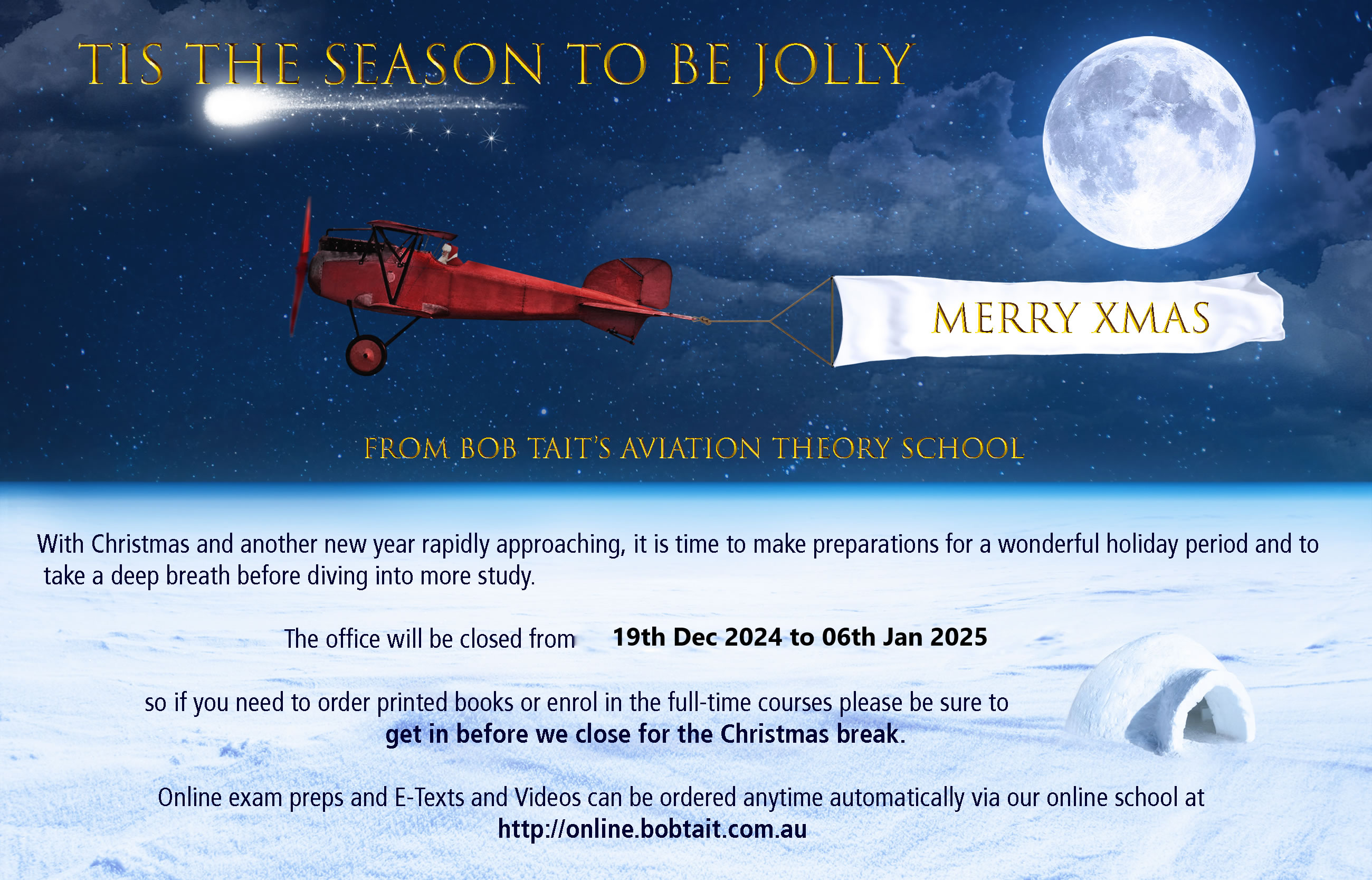Hi Cessna,
First Question: QNH
===============
A picture paints a 1000 words so let me save a few hundred.
Consider the situation at the sea level aerodrome, A, where the QNH is 1015. In other words the 1015 hPa isobar is passing through A (since it is at sea level). Now consider the destination, B, another sea level aerodrome but this time where the QNH is only 1005 hPa. That means the 1005 hPa isobar is passing through B. If that's the case, where is the 1015 hPa at B then? That's right, it must be lower, in fact, theoretically speaking (of course) it would be 300 ft below B.
That means the isobars must be sloping downwards towards the destination ( as you can see in the diagram). Now if you are flying steady at FL155, you are simply flying at a 15500 ft above the 1013 hPa isobar, We already saw all isobars are sloping down towards the destination so the 1013 hPa isobar must be sloping downwards as well.
Therefore, if you fly constant at FL155 towards B, your actual altitude above sea level will be decreasing.
Second Question: Winds in Flight
=========================
Make sure you set the ground vector up on the E6B when you do these problems. So, set Track of 350 against the index and line the grommet up with the ground speed of 190. Now, the heading, 345, is 5 degrees left of the track so find the drift line for 5 degrees to the left and mark the wind dot there, opposite to the ground speed of 190 kts on the vertical scale. Rotate the face to bring the wind dot onto the vertical scale and read off a wind speed of about 23 kt and a direction of about 299 degrees.
Here's some working:
Third Question: Cowra to Bathurst
=========================
I checked this one and I agree. You have 4 degrees of track error to Newbridge and a closing angle of 8 degrees to get to Bathurst. You will need to change your heading by 12 degrees Left to fly direct to Bathurst from the fix.
Cheers,
Rich








